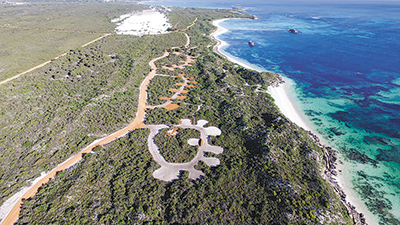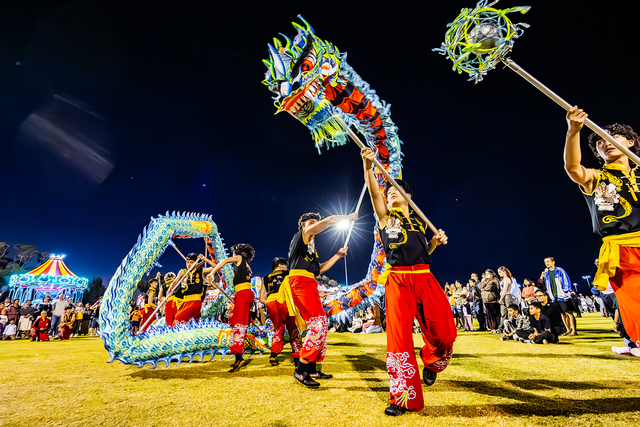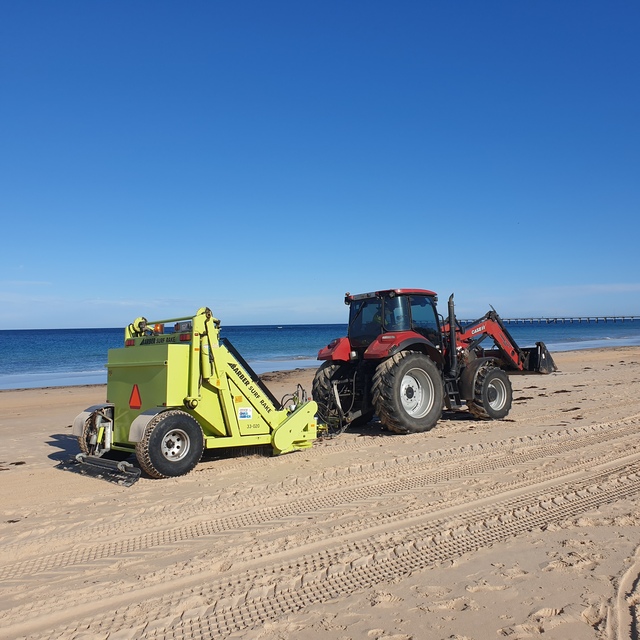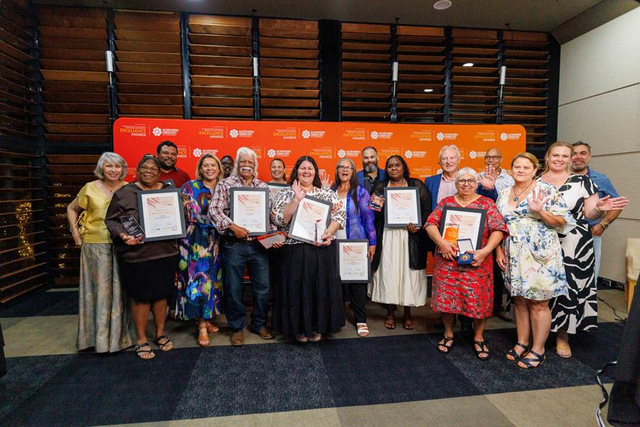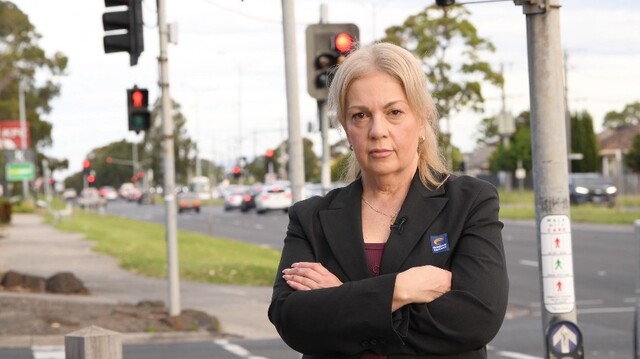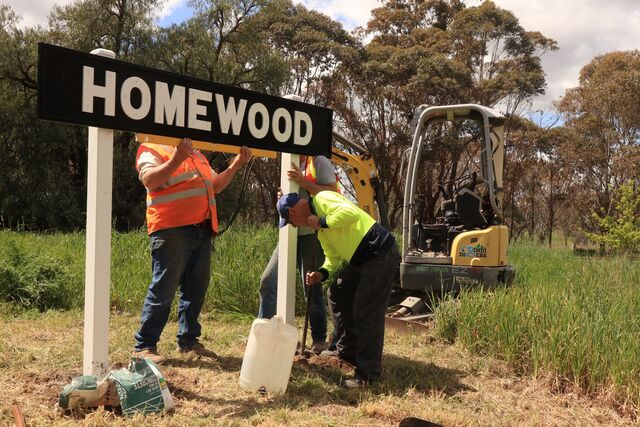Four local governments in mid-west Western Australia have brought together diverse stakeholders to increase visitor numbers to the coastal area.
The Mid West of Western Australia is a short three-hour drive north of Perth, it extends for 340km of pristine coast and yet visitors have limited access to it, whilst elsewhere around Australia and the world, the coast has proven to be a major draw card for visitors.
Four local governments across two Development Commission boundaries have joined forces in a project called the Mid West Coastal Nodes Project.
The aim is for the region to become a leading self-drive, coastal region with a sustainable growth in visitation.
Working with the Mid West Development Commission the project was one of six tourism priorities highlighted in the Mid West Tourism Development Strategy, which will assist the strategies 2050 vision to “attract one million visitors that stay and enjoy the region for longer”.
The Shire of Irwin was the leading project manager and received $2.52 million Royalties for Regions funding, which included $1.5 million from Tourism WA through the WA Caravan and Camping Action Plan 2013-2018 and $1.02 million from the Statewide Regional Investment Blueprint Fund for and behalf of all four local governments.
The campsites are located at Sandy Cape in the Shire of Dandaragan, Milligan Island in the Shire of Coorow, Cliff Head in the Shire of Irwin and Lucky Bay in the Shire of Northampton and are short stay nature based eco campgrounds, similar to those in National Parks, with minimal infrastructure requiring minimal maintenance and servicing.
The local governments worked together to design high quality ecofriendly infrastructure that could handle the harsh conditions and were able to purchase them in bulk.
The project includes toilets, unsealed access tracks for year-round, all weather use, parking for day use visitors, overnight bays, barrier posts, pathways, rubbish collection areas, interpretive signage, rehabilitation, maps of nearby services, planting, shelters and picnic settings.
Development should be completed early 2017 with the final stage of the project to include a marketing campaign targeted at the caravan and camping and Perth family sector.
An independent survey of visitor numbers, their behaviour patterns, length of stay and expenditure of users across all sites to gauge the return on investment and benchmark for the future will begin at the end of this calendar year.
The project is expected to attract an additional 4700 people per year to the region and deliver an additional $585,000 into the region per annum.
The process of bringing together a diverse range of stakeholders and establishing firm cross border partners has focused stakeholder effort and greatly increased confidence in experience development.

